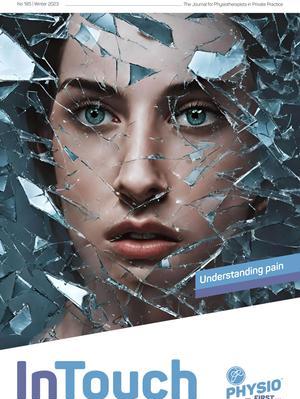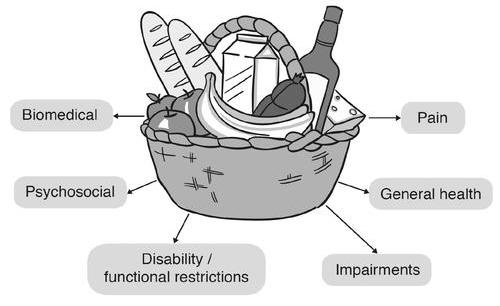Pain coaching for chronic pain
Suffering and pain are distinct
Pain management: the physio perspective
A neuroscience perspective on chronic pain
The lived experience of pain
The 'Shopping Basket' approach
The experiences of self-employed private physiotherapists: early insights







